Erina Tamrakar does as she believes. Since she has always considered art and literature to be each other’s best counterparts, she really enjoys bringing the two worlds together on her canvas whenever possible. The Week caught up with the artist and poetry enthusiast to talk about her favorite books and its influences in her work.
It’s obvious that women are the main source of inspiration in your artworks. So what are your thoughts on women’s portrayal in literature?
So far, I have been satisfied with women’s space and portrayal in the literature that I have read. I have come across some intriguing, strong and real female characters. Obviously, it isn’t important for writers to stick to hardcore facts. Many tend to use inspirations from what they have seen and felt around them and that generally gives us a wide variety of personalities and possibilities with our female protagonists.
Whether they are talking about the struggles of women in society, relationships or work life or they are talking about her innate strength and beauty, there are bits of reality that we, as women, can relate to.
You have been known to write poetry as well. Do you have a preference when it comes to choosing your medium of expression?
Painting is my main thing. It’s what I do. I express through the colors and lines and I invest a lot of time and effort while doing so.
But my experiences with words and poetry are totally different. When I have a thought or a particularly strong feeling, I jot it down then and there. I can’t do this with my paintings. I have to think over many factors before doing my art but my writings are very spontaneous. If I don’t write them down at the moment, I have found that I can’t later on. Sometimes it seems I write about feelings I haven’t been able to process. I can’t turn things I have already cried about or mulled over into poems. It just doesn’t work. I also have failed to write in the instances I specifically sat down for the purpose so I don’t think I can call myself a poet yet.
But both mediums have proven to be very effective means of expression in completely different ways.
Paint manufacturers demand reduction of customs duty on raw mat...

What about in terms of conveying messages? Which of the two medium is more effective when it comes to making somebody else understand your feelings?
This really depends on the time, people and place. It varies. We have people who tend to run away from poets and we also have those who claim not to understand art at all. We can’t force anybody to like something they aren’t interested in so each medium has its own role to play.
In my experience, the art and literature world run parallel to each other. I love it when artists bring both of them together. For instance, I still haven’t forgotten a specific painting that was based on Laxmi Prasad Devkota’s poem Pagal. The artist had borrowed two lines and written them on the side of his canvas. It made such an impact on me. I still think about it. It’s why every now and then I use words in my own work as well. Both mediums are tremendously powerful in their own ways.
Many writers are part of your social circle. You are friends with many of them. So as one of the insider, what do you think about our literature scene?
It’s expanding for sure. It’s easy to see that there are more people who are seeking inspirations and engaging themselves in the scene than, say, a decade ago. Back in college, I remember witnessing Momila Joshi recite her poem for the first time. The power of her performance was undeniable. It was then I realized that this creative spirit and energy is within an individual himself and these days, there are a lot more people willing to give themselves a chance. I feel like there are more writers being born.
And if we were to compare, literature has had a head start. Our mainstream media as well as the masses talk more about books and writers than they do about art and artists. Though we too are slowly craving a space for ourselves, the literature scene is currently a little more active.
You have spoken about your fondness for Nepali Bhasa literature as well. Where do you think it stands in our literature scene?
I don’t see much difference between the quality of Nepali and Nepali Bhasa literature. Writers from both languages express their sentiments in a similar manner. There isn’t much difference in the storytelling styles either and I can assure you there are many impressive Nepali Bhasa writers and poets out there.
What Nepali Bhasa literature has failed to do is create a buzz. This is my opinion but you don’t see enough advertisements or talks around works of Nepali Bhasa. I’m afraid this has limited their popularity.
On Tamrakar’s bookshelf
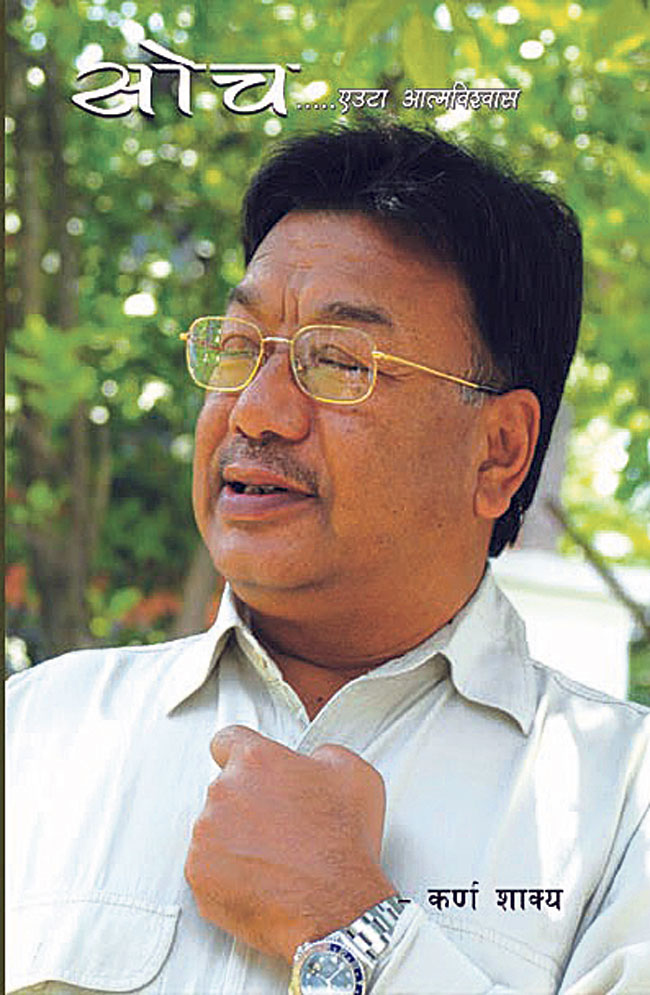 Soch by Karna Shakya
Soch by Karna Shakya
I read this book while traveling and I remember feeling this surge of love for my country at the end of it. Soch is one of the books that has the power to change people’s perspective. It provides plenty of morals that can be the laid as the foundation of a bright future. It encourages us to have a positive outlook and attitude towards life and I was thoroughly impressed by the writer’s efforts.
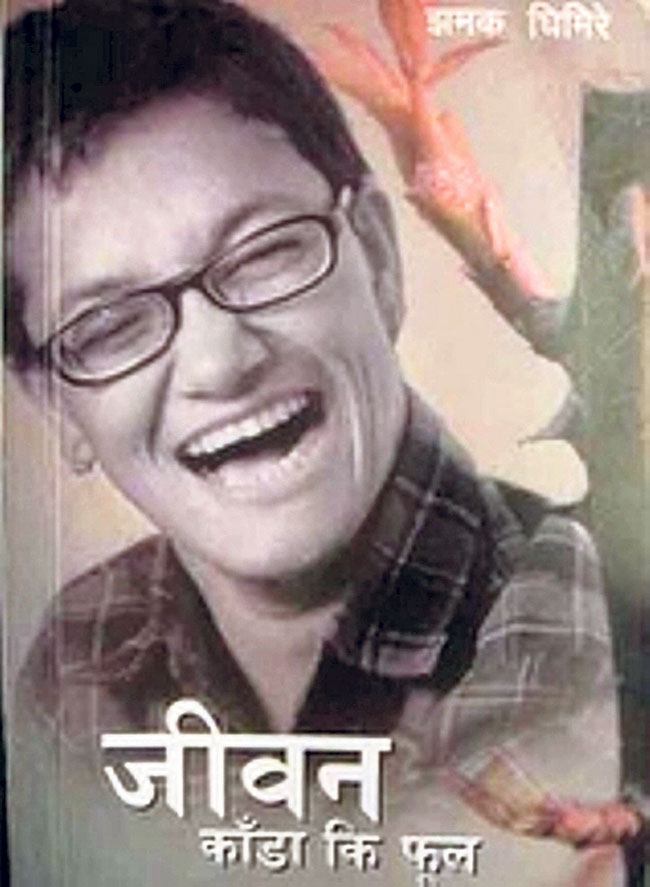 Jiwan Kada Ki Phool by Jhamak Kumari Ghimire
Jiwan Kada Ki Phool by Jhamak Kumari Ghimire
I didn’t have a lot of high expectations when I started this book. I was merely curious. I had heard of Jhamak and her trials as well as triumphs. However, I didn’t expect it to have such a deep impact. This book is more than just a simple autobiography. It ends up giving us an opportunity to realize the meaning of our existence.
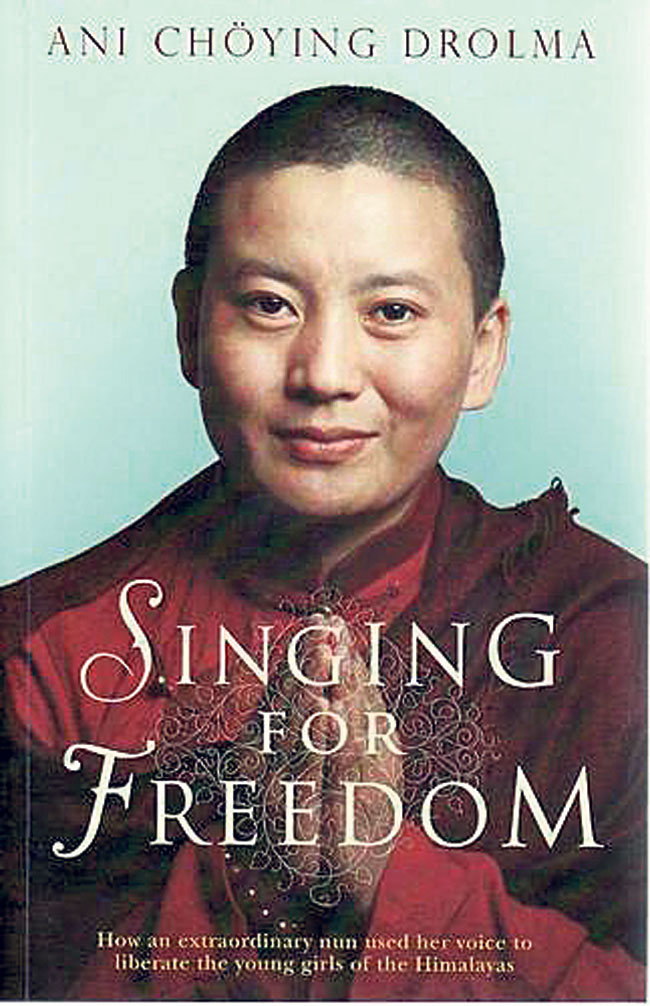 Singing for Freedom by Ani Choying Drolma
Singing for Freedom by Ani Choying Drolma
There are many children who choose to follow the spiritual and religious path. Ani Choying Drolma is just one among the millions so you have to wonder what led her to gather such acclaim and success. It’s really all about the decisions she took and the frontiers she surpassed. It was fascinating reading about it all. She truly stands as an example not only for monks or women but Nepalis in general.
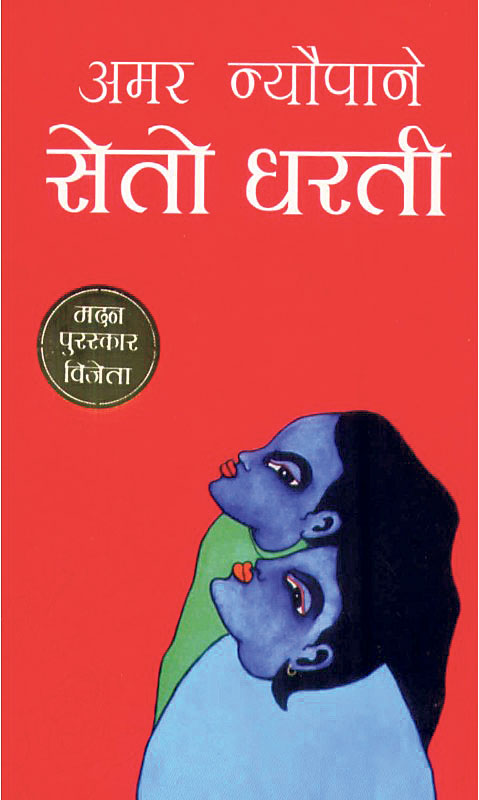
Seto Dharti by Amar Neupane
This book is such a poignant reflection of our society. It’s still not safe to dismiss child marriage as a tradition of the past and I felt this book served as an apt reminder. Even though it is a work of fiction, it was meticulously researched and written. As a reader, we get to explore the deep roots of this unfair practice in our culture on a very personal level.
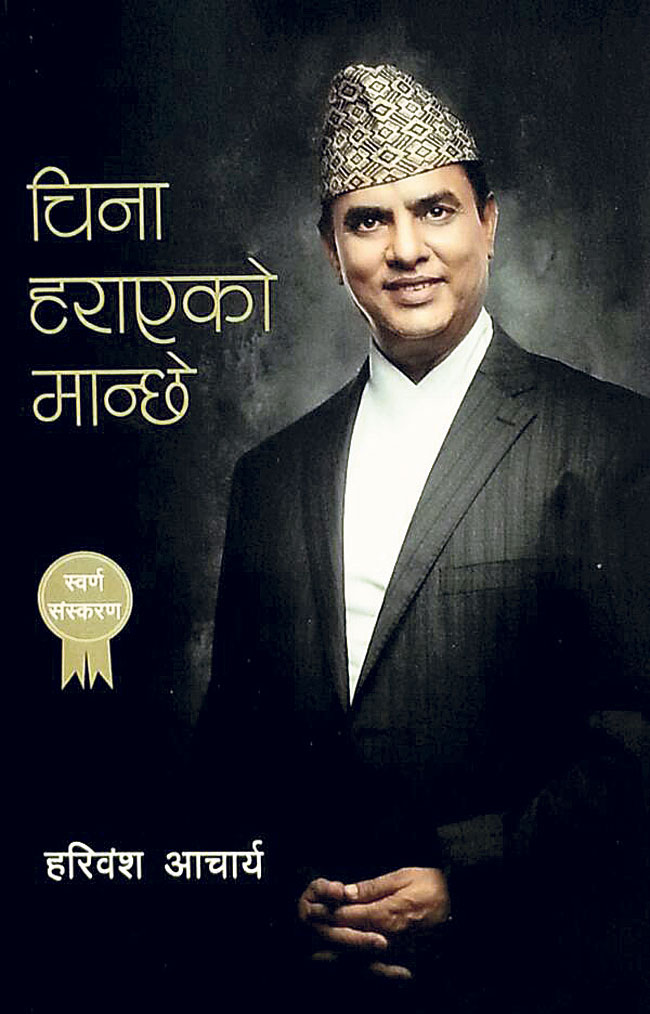 Cheena Harayeko Manche by Hari Bansa Archarya
Cheena Harayeko Manche by Hari Bansa Archarya
I think we often fall into the trap of perceiving a well known personality as a mere celebrity. Many can’t imagine a glamour-less life behind the fame, money, and glamour. But that’s exactly what it was for our country’s favorite comedian. His struggles are so relatable that after I finished reading it, I actually felt motivated to tackle my own problems as well.






































